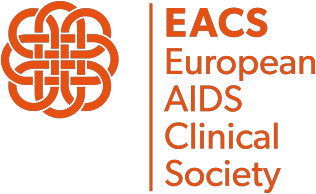ARV-associated Nephrotoxicity
| Renal abnormality* | ARV | Management |
|
Proximal tubulopathy with any combination of:
|
TDF** |
Assessment:
Replace TDF by non-tenofovir drug or TAF*** if:
|
Nephrolithiasis:
|
ATV (DRV) |
Assessment:
Consider stopping ATV if:
|
Interstitial nephritis:
|
ATV |
Assessment:
Consider stopping ATV if:
|
|
Progressive decline in eGFR, but none of the above(v) |
TDF** PI/r |
Complete assessment
Consider stopping ARVs with potential nephrotoxicity if:
|
In persons with ART-associated nephrotoxicity some data to suggest eGFR improvement may take time after discontinuation of the offending agent, and the potentials for improvement are higher the shorter duration of nephrotoxic ART use, the higher eGFR at discontinuation and the younger the age.
* Use of DTG, BIC, RPV, COBI and PI/b is associated with an increase in serum creatinine/reduction of eGFR (10-15 mL/min or up to 25%) due to inhibition of proximal tubular creatinine transporters without impairing actual glomerular filtration: consider new set point after 1-2 months
** TAF has shown lower tenofovir-related renal adverse effects due to lower systemic tenofovir exposure. Switch-studies from TDF to TAF and certain PIs suggest potential reversion of renal toxicity, however, longterm experience with TAF is lacking
*** There are limited data on use of TAF with low eGFR, particularly eGFR ≤ 10 mL/min
- UP/C in spot urine detects total urinary protein including protein of glomerular or tubular origin. The urine dipstick analysis primarily detects albuminuria as a marker of glomerular disease and is inadequate to detect tubular disease
- For eGFR: use CKD-EPI formula based on serum creatinine, gender, age and ethnicity because eGFR quantification is validated > 60 mL/ min. The abbreviated modification of diet in renal disease (aMDRD) or the Cockcroft-Gault (CG) equation may be used as an alternative; see https://www.chip.dk/Tools-Standards/Clinical-risk-scores
- See Indications and Tests for Proximal Renal Tubulopathy (PRT)
- Microscopic haematuria is usually present
- Different models have been developed for calculating 5-year CKD risk score while using different nephrotoxic ARVs integrating HIV-independent and HIV-related risk factors
- RTV used as a boosting agent may induce nephrosclerosis
